
Your DNA matches with private or missing family trees sometimes hold the keys to your discovery of generations. Mystery matches are especially intriguing when their family tree is a direct link to finding close relatives like parents, siblings, and grandparents.
If DNA matches without family trees seem to be posing obstacles in your research, read on for tips on how to leverage DNA mystery matches to open new discoveries on your genetic genealogical journey.
Research Strategies to Leverage Treeless DNA Matches
There are ways to leverage your treeless matches to accomplish your research objectives.
-
Review the matches you share with your treeless DNA match.
Family trees linked to your treeless match will shed some light. Make note of surnames and geographical locations present in their pedigrees.
-
If shared matches with your mystery DNA match are also treeless.
Check for patterns in their user names that may indicate family surnames. Realizing the user name of a treeless 3rd cousin DNA match of mine was his name spelled backward fast-tracked the discovery of my 2nd great grandparents, and ultimately my paternal grandfather.
-
Check for unlinked trees.
You may find your DNA has a family tree (sometimes a few) that they haven’t linked to their DNA test results. You’ll find links to these in the user profiles of your matches. Ancestry now provides links to your matches unlinked trees on the match comparison page. If someone other than your DNA match is managing their account, check their user profiles for published family trees as well.
-
Document any clues you discover.
I like to document the genealogies of DNA matches in a working DNA-based Family tree. There are many methods for organizing your DNA matches. When you find a method that works for you, then dedicate to using it to prevent redundant research and confusion.
-
Respect your matches’ privacy.
If you add living DNA matches as entries on a public tree, be sure to indicate they are living so personally-identifying information isn’t made public. They may have reasons for not publishing their family tree that’s beyond your understanding. If their user name appears to be their legal name, use initials or abbreviations to identify them on your family tree.
-
Reach out to your treeless matches.
You can personally reach out to your genetic matches, which is fun to do anyway because you’re family. Before you do, be clear about how you believe you’re connected and your specific research query. This way your correspondence will be short and sweet with an objective focus on data you’re seeking. Don’t take unresponsiveness personally.
-
Explore more than one genetic genealogy service.
There are always more genetic matches available to support your research. You can upload your raw DNA file or submit a DNA sample to a multitude of genetic genealogical services to explore different aspects of your genome. A comprehensive list of options is detailed at the International Society of Genetic Genealogy Wiki’s page about DNA databases.
Things to consider about your mystery DNA matches
Possible reasons your DNA matches aren’t collaborative.
- They’re not interested in genealogy. Those of us who love genealogy may find this hard to imagine, but it’s true.
- There are thousands of people who submitted their DNA because they just want to know their ethnicity estimates.
- We all receive a lot of emails. Your unresponsive DNA match may not regularly check their inbox at your genealogical DNA website.
- People are busy living their lives. They may have tested, then forgot about it. Maybe the DNA test was a gift they never really wanted in the first place. Maybe they’re simply focused on other things.
- Please consider that you have no idea of the impacts your research queries may have on others. This is one of the reasons for keeping introductory correspondence with your matches friendly, focused, short and sweet.
- Laws of Attraction. We’re always instinctively on the path to discovering the answers to our questioning. The DNA match who seems to hold the key to achieving your research goal often points to another source that will.
Facts Aren’t Necessarily What Appears to Be.
What’s Published Isn’t Always Fact.
While no data is theoretically better than non-factual data, missing or misleading family trees sometimes points to valuable clues about your ancestry.
Keep in mind, you share at least one grandparent with each of your genetic matches. DNA matches without family trees, and those with trees that don’t align with genetic evidence, are sometimes revealing important clues about familial patterns and cycles. These family dynamics have shaped the habits, beliefs, morals, ideals, traditions, and the very genetic code your parents have passed to you.
Some Stories Aren’t Yours To Know, Discover, or Tell
There are some circumstances where publically documenting a family’s genealogical history may personally affect the lives and relationships of presently living Souls in significant ways. Your treeless and unresponsive DNA matches may have their own reasons for not providing genealogical data or communicating with you – a relative stranger.
Your Mystery DNA Matches Sharpen Your Research Skills
The mystery of treeless and/or unresponsive DNA matches opens you to new potential discoveries about your family and yourself. Mysteries spur discoveries by inciting curiosity which inspires questions you wouldn’t have otherwise thought to research. In this way, your treeless matches and those with private family trees are gifts.
Factor genetic clues they represent into your research, then move on to the practically infinite clues available to you across all your genetic genealogical research channels.
Performing your own research of the genealogies of your DNA matches adds a richness to your research. By the time you discover common ancestors, you have a more holistic perspective your people. The lives of aunts, uncles, and cousins, and the family dynamics and events that connected them become clear.
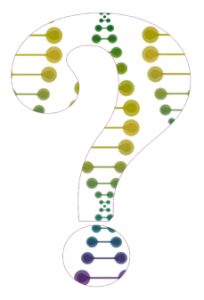
Are You Sharing Your DNA Results Without a Family Tree?
If you’re sharing your DNA data on a genealogy website but haven’t linked a family tree to your profile, please consider this:
Your family tree is meaningful to thousands of your present and future relatives.
Setting up your family tree (with what you know to be true about your ancestors), and linking it to your DNA profile doesn’t require much of your time – just about 30 minutes (probably even less). You don’t have to engage in research or interact with your DNA matches if you don’t want to. The few moments it takes to provide your genealogy will light the path for your relatives who are using their DNA to discover your ancestors.
Adding the names, birthdates, and birthplaces of your 2 parents and 4 – grandparents to your family tree may provide clues that help hundreds of your relatives discover your shared ancestors. Adding your 8 – great grandparents may help thousands more in profound and meaningful ways.
Most importantly, you’ll open the door to discovering your personal and unique ties throughout humanity.
Don’t you want to know how you’ve come to be?
Your documented genetic legacy is truly a gift that supports ongoing discoveries, enlightenment, and sacred reunions among all the branches of your known and unknown family. There’s so much more to discover about your place in human history.
If you want to discover your actual ties to Humanity, begin by establishing an accurate family tree and linking it to your DNA profile.
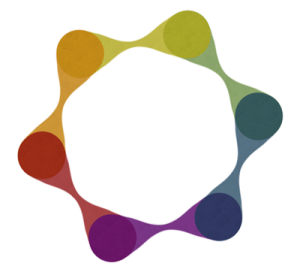
Soul Centered
DNA Discoveries
Let’s discover your people!
If you’ve received your DNA test results and need guidance on figuring out what they’re revealing to you, let’s meet (by phone or video) to discuss ways I can help you discover and document your kinship with Humanity.
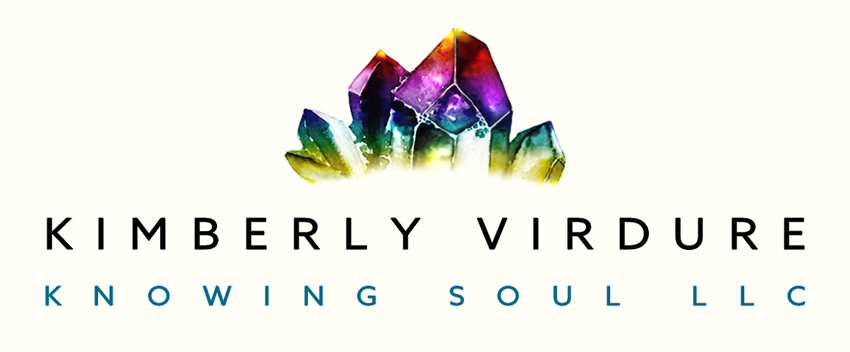

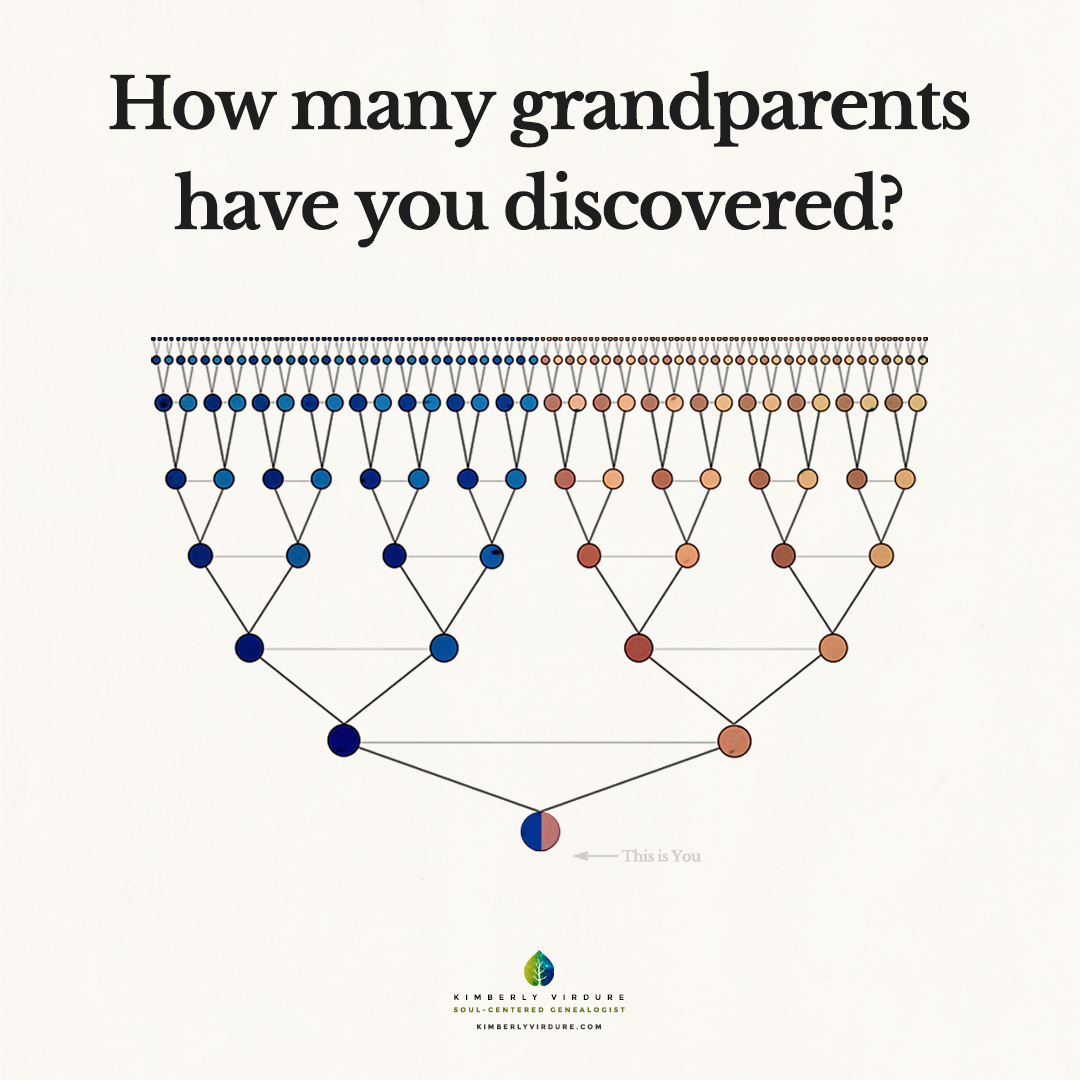
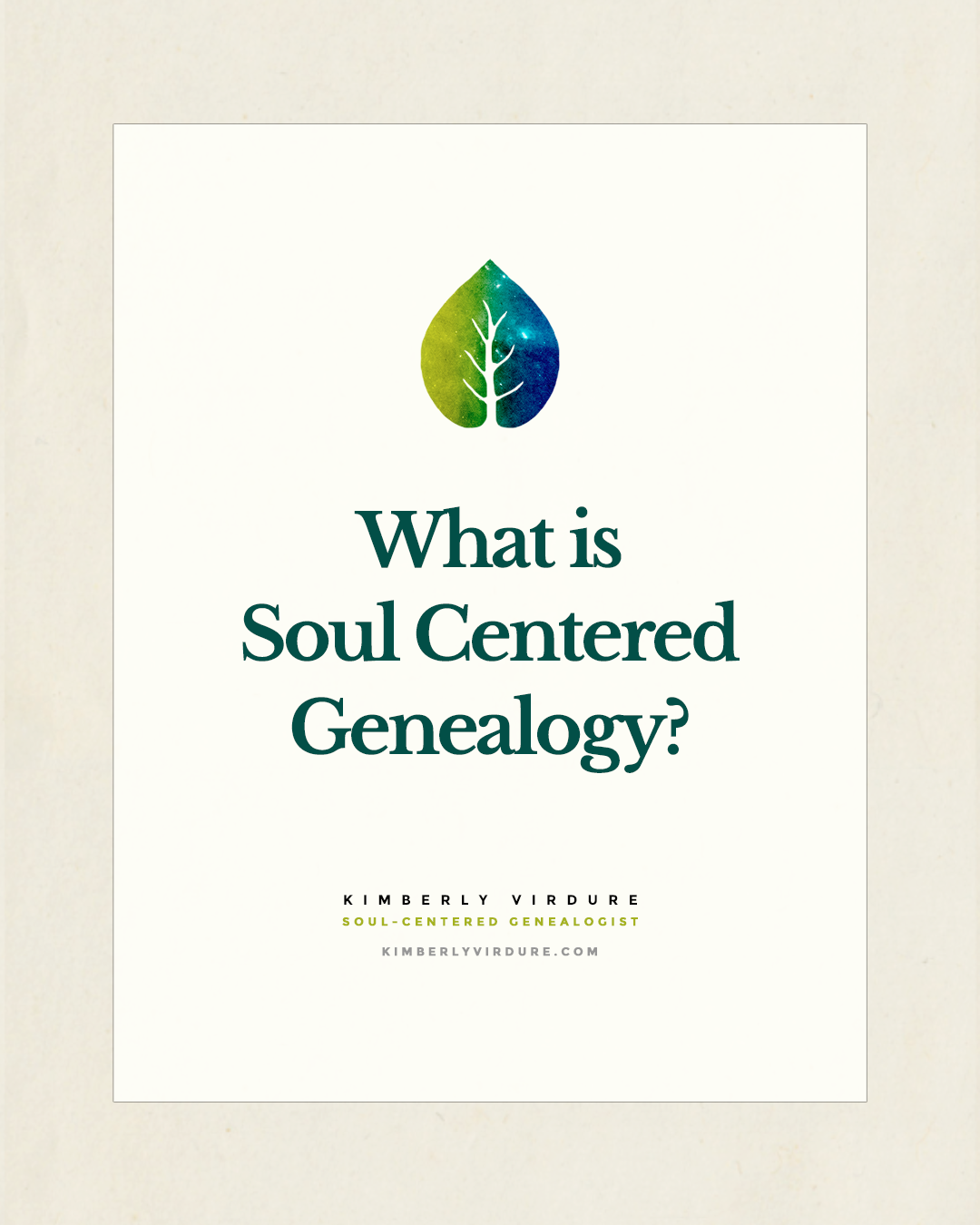
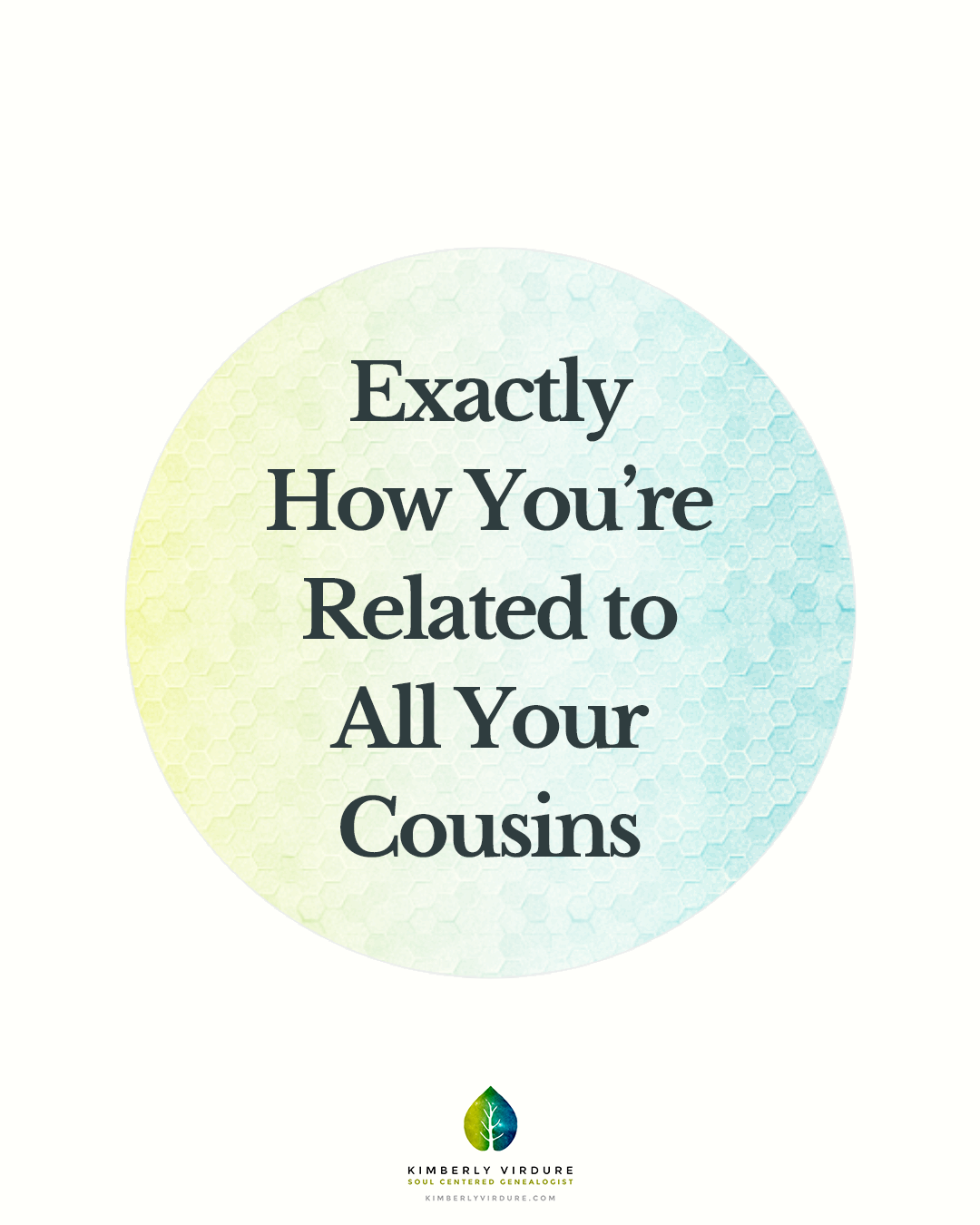

Leave a Comment